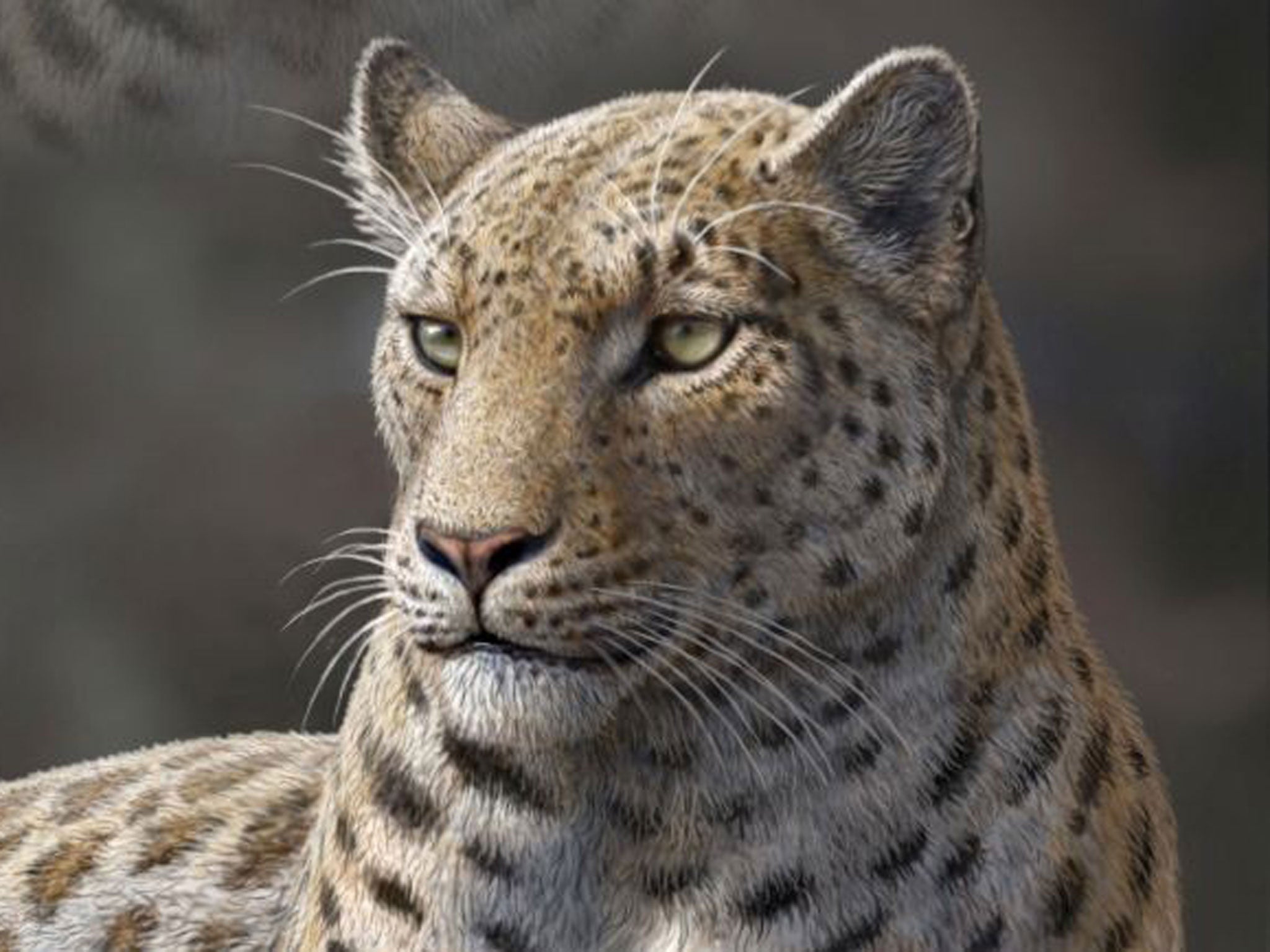Panthera blytheae: Scientists discover oldest ever big cat fossil
Snow leopard-like cat roamed the Tibetan plateau up to six million years ago

Scientists have discovered the oldest big cat fossil ever found, belonging to a previously unknown species and filling a major gap in our understanding of the animals’ evolution.
The near-complete skull, found in Tibet by a US-Chinese team and analysed at the Natural History Museum of Los Angeles, has been dated between 4.1 and 5.95 million years old.
Despite an established body of molecular research suggesting the oldest big cats must have originated in Asia, the previous oldest fossil was unearthed in Tanzania, east Africa – dating from around 3.7 million years ago.
The new species, which has been named Panthera blytheae, is very closely related to the modern snow leopard, scientists say, and not a direct ancestor to other big cats like tigers, lions or jaguars.
The team had been hoping to find the great ancestor of all big cats. Instead, this find shows that the overall family tree must extend much further into the past.
The newest fossil had a broad forehead similar to snow leopards and its front teeth were heavily worn. It was small for a big cat — probably about the size of a clouded leopard, a cat found in the rainforests of Southeast Asia that can grow to 50 pounds (23 kilograms).
There's also good evidence that it lived in the Tibetan plateau, alongside ancient ancestors of familiar prey animals such as antelopes and sheep. With the skull found lying in such a fossil-rich region – a “bone bed” – scientists added that there could be even older big cat fossils there to uncover.
The study, led by Jack Tseng of the American Museum of Natural History in New York, was detailed in this week’s Proceedings of the Royal Society B: Biological Sciences.
The new cat species was named Panthera blytheae after Blythe Haaga, whose parents are significant donors to the LA Natural History Museum, and won the right in a naming auction. Dr Tseng was a graduate student at the University of Southern California and worked at the museum during the fossil discovery.
Palaeobiologist Dr Anjali Goswami of University College London called the cat skull a “magnificently preserved” and “very significant” find, which can help scientists learn more about modern snow leopards.
Subscribe to Independent Premium to bookmark this article
Want to bookmark your favourite articles and stories to read or reference later? Start your Independent Premium subscription today.

Join our commenting forum
Join thought-provoking conversations, follow other Independent readers and see their replies